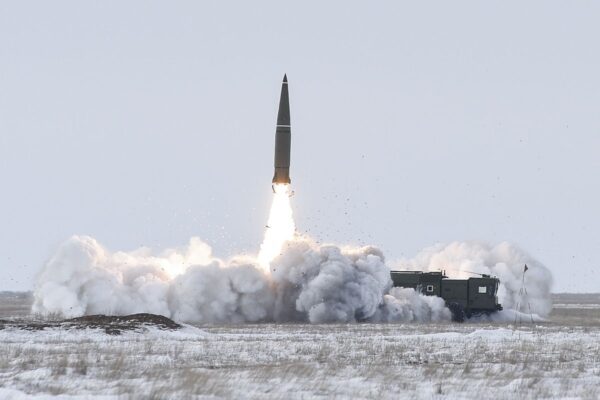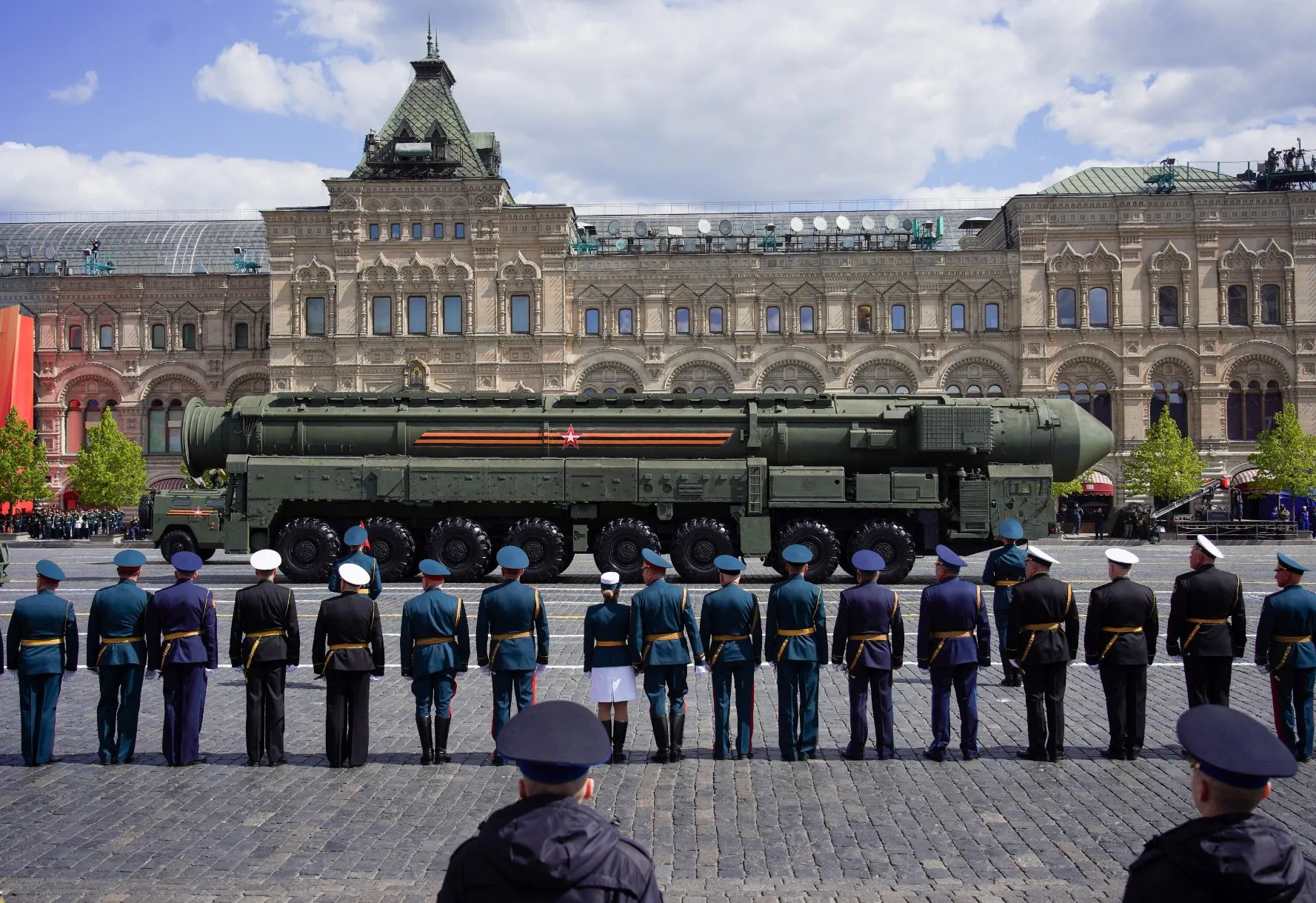Rising tensions and nuclear signalling between Russia, Ukraine, and global powers are reshaping world security.Learn how this growing axis impacts the future.

A World at the Edge of Uncertainty
The world is watching once again as tensions between Russia and Ukraine rise. This time, it’s not just about territory — it’s about nuclear signalling, power, and fear.
Both sides have intensified their rhetoric, testing boundaries and weapons that remind the world of the Cold War. It’s a dangerous dance of strategy and strength — where a single mistake could cost millions of lives.
As mentioned in The New U.S.–India Defence Vision, the balance of power is shifting fast. Alliances are forming, and nations are preparing for a world where peace feels fragile again.
The Meaning of Nuclear Signalling
Nuclear signalling is not about launching bombs. It’s about sending messages — powerful, symbolic gestures that show strength without pulling the trigger.
Russia’s recent actions, including submarine drills and missile tests, are examples of this. They serve as reminders of capability and deterrence. Ukraine, supported by Western allies, views these moves as intimidation.
Reports from America112 suggest that both nations are using these signals to test reactions — not just from each other, but from NATO, the U.S., and Europe as well.
It’s a dangerous game of messages, where every signal echoes through international corridors of power.
How the World Reacts
The reactions have been mixed. Western nations warn against escalation, while others call for dialogue. The United Nations continues to stress peace, but diplomatic progress remains slow.
People around the world feel anxious. Families displaced by war still dream of normalcy. Mothers, soldiers, and children continue to live under the fear of air raid sirens.
The situation reminds us that wars are not fought only with weapons — they’re fought with words, pride, and politics.
As noted in Love for Peace, Not Power – U.S. Sanctions on Russia, power-driven actions often harm the innocent more than the powerful. This truth remains unchanged in today’s world.
The Russia–Ukraine Axis and Global Impacts
This ongoing conflict has created a new axis of tension that affects the entire world. Energy prices, global trade, and diplomatic relations have all felt its shockwaves.
European countries are facing energy crises. The U.S. is balancing between support for Ukraine and preventing direct confrontation with Russia. Meanwhile, other nations are quietly choosing sides, each driven by political and economic interests.
The Russia–Ukraine war has become more than a regional conflict. It has turned into a mirror reflecting the state of global trust, fear, and survival.
The Danger of Escalation
The biggest concern now is nuclear escalation. While both Russia and NATO deny any intention of direct nuclear conflict, the constant signalling keeps the fear alive.
Even a small misunderstanding could trigger disastrous consequences. The world learned this during the Cuban Missile Crisis — and history could repeat itself if wisdom gives way to ego.
It’s moments like these that remind humanity of its shared fragility. Peace must not depend on weapons, but on willingness to talk.
Hope in Diplomacy
Despite rising tensions, there are still voices of hope. Peace talks, humanitarian aid, and grassroots movements continue to remind the world that compassion hasn’t vanished.
Ordinary citizens across borders are speaking out, demanding peace and accountability. Their courage is proof that humanity still believes in love over hate.
This belief is reflected in the growing diplomatic efforts seen in The New U.S.–India Defence Vision, where cooperation replaces conflict. It’s a reminder that nations can choose unity, even in times of division.
The Road Ahead
The path to peace is long, but not impossible. It begins with honest communication and mutual respect. The world must learn that threats only build walls, while dialogue builds bridges.
The Russia–Ukraine axis may define our present, but it doesn’t have to dictate our future. Humanity still holds the power to choose peace — if only we listen to the lessons of the past.
For more in-depth coverage of global conflicts, defence strategies, and peace efforts, visit America112 and Recital Blog.
Final Thoughts
The rise of nuclear signalling and tension in Eastern Europe reminds us how fragile peace can be. But it also shows how powerful hope still is.
As nations clash, the world must remember — strength lies not in threats, but in understanding. Because when love becomes stronger than fear, peace is no longer a dream — it’s a direction.


2 Replies to “A New Chapter in the Russia–Ukraine Standoff”